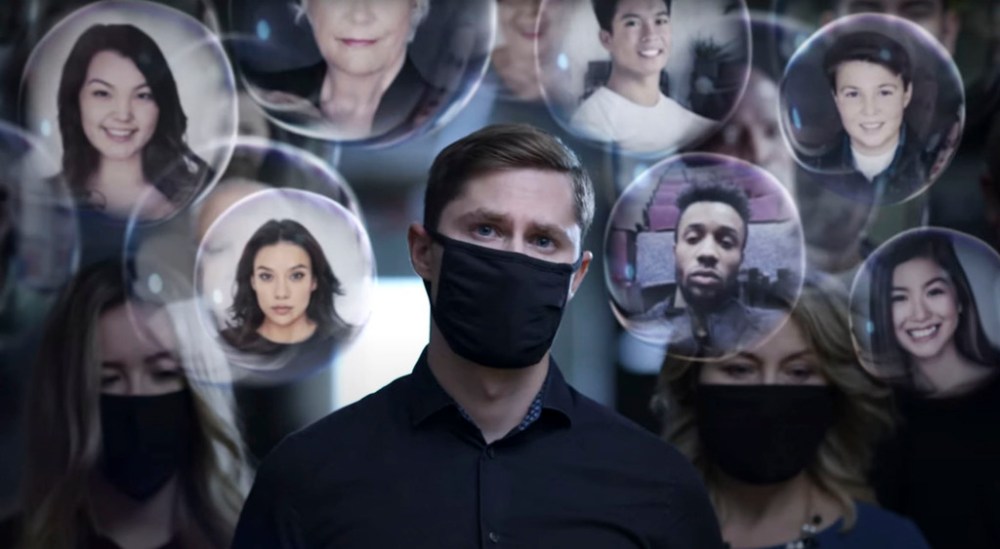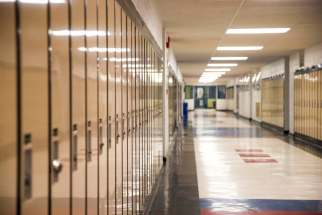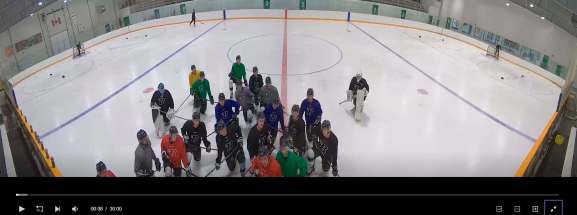Regrettably, COVID-19 fines necessary
Read this article for free:
or
Already have an account? Log in here »
To continue reading, please subscribe:
Monthly Digital Subscription
$19 $0 for the first 4 weeks*
- Enjoy unlimited reading on winnipegfreepress.com
- Read the E-Edition, our digital replica newspaper
- Access News Break, our award-winning app
- Play interactive puzzles
*No charge for four weeks then billed as $19 plus GST every four weeks. Offer only available to new and qualified returning subscribers. Cancel any time.
Read unlimited articles for free today:
or
Already have an account? Log in here »
Hey there, time traveller!
This article was published 12/11/2020 (1503 days ago), so information in it may no longer be current.
At first glance, Manitoba’s new COVID-19 enforcement strategy should tie in well with code-red restrictions announced by Dr. Brent Roussin, the province’s chief public health officer, that began Thursday.
The plan, announced by Premier Brian Pallister on Nov. 5, is a three-pronged approach.
Two new advertisements aimed at young people are being distributed on social media networks such as Instagram, Snapchat, TikTok and Facebook.
Enforcement power is being given to an additional 275 people such as fire-safety inspectors, water resources officers, municipal bylaw enforcement officers and the people who operate highway weigh stations. This increases the number who can enforce Manitoba’s public-health orders to more than 3,200 people.
Also, the province has boosted its pandemic tip line — 204-945-7344 or 1-866-626-4862 and manitoba.ca/COVID19 — so Manitobans can report people who are not complying with public health orders, such as large gatherings and people who are not using masks in indoor public spaces.

The province’s plan to increase enforcement is not just posturing. Since Nov. 1, provincial health officers have fined eight Manitoba businesses $5,000 each — the maximum allowed — for contravening public health orders. Two individuals in the Winnipeg area were also fined $1,296 each for failing to ensure gatherings were no greater than five people.
A $2.5-million budget has been set aside for these enforcement improvements, coming from a government that has seemed hard-pressed to find adequate funding for increasing the province’s contact-tracing capacity, and purchasing more personal protective equipment requested by health-care workers.
While the extra enforcement is now necessary, it doesn’t do anything to clear up the government’s muddled messaging about what is and what isn’t allowed under the new guidelines, a criticism that has dogged the government since COVID-19 cases began to rise again in early September.
On Oct. 16, it was announced beverage rooms in Winnipeg would have to close for two weeks. On Oct. 19, after the hospitality industry said it had lobbied the government, the beverage rooms were allowed to stay open.
Also in October, there was misinformation that led the funeral industry to mistakenly believe attendance at services had to be capped at five people. Religious gatherings were held, even as clergy said they were unclear how restrictions affected them.
And, this week, Manitobans were told Tuesday on the province’s website that “social contact is reduced to members of your household.” But, by Wednesday, the message had changed when an order specifically allowed for as many as five visitors to a household at a time.
The juxtaposition of increased enforcement and muddled messaging can confuse even people who want to do the right thing. If authorities plan to zealously pursue Manitobans for breaking restrictions, there must be clarity on the limits of the restrictions.







